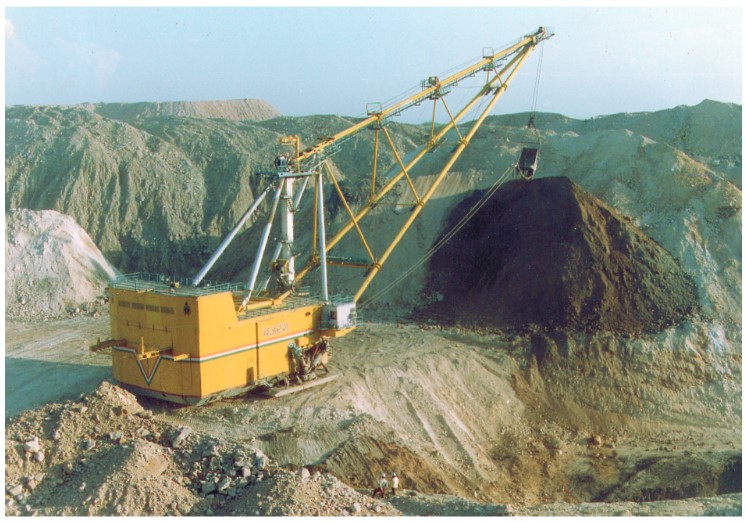Critical Analysis of “Energy Independence of India” International and Economic Implications: Meticulous planning for Coal Block Diversion
India is one of the 12 mega biodiversity rich country, harbouring a wide variety of flora and fauna. The country is home to 5198 species of vascular plants and about 6802 species of wildlife; but the country has witnessed extinction of 21 species and have large list of fauna and flora in “red data book”, which signify species vulnerable to extinction. The forest area of the country is 7,57,740 sq.kms., which is 23.41% of the geographical area. The country is having 3,99,919 sq.kms of “reserve forests” (not burdened with privileges) and 2,38,434 sq.kms. of “protected forest” (communities are having traditional privileges for Nistar). There are 602 national parks, wildlife sanctuaries, conservation reserves and community reserves covering area of 1,55,678 sq.kms [notified under Sections- 18, 35 and 36A; Wildlife (Protection) Act, 1972]. Among these protected areas an intricate web of wildlife corridors are situated along with Important Bird Areas (IBAs), wildlife activity areas, CITES sites, sites covered under international conventions etc. The forest land is having heterogeneous origin and sometimes covered under blanket notifications. These blanket notifications were the need of hour in 1940s to 1960s; but with the passage of time reforms have not taken place due to lack of vision. In nutshell the situation is extremely complicated. The Hon’ble Supreme Court of India has passed about 1300 judgements in the Civil Writ Petition No. 202/1995, T.N. Godavarman Thirumulkpad versus Union of India. Some of these orders have been reported in law journals, but some have not been reported. The order dated 12th December passed in this PIL define “forests” and “forest land”, thus very important for any coal or mineral block planning. The important coal and Coal Bed Methane (CBM) are situated in the states of Madhya Pradesh, Chhattisgarh, Jharkhand, Odisha, West Bengal, Andhra Pradesh, Maharashtra and Meghalaya. These States are having 31 to 45% forest cover. The States are having 37% to 80% tribal population in different districts. There are 584 coal blocks in India. About 23 coal blocks are situated in Teak forests (Tectona grandis) and rest 561 are located in Sal forests (Shorea robusta). These “coal range” States are having large number of protected areas and also having large populations of Tiger (Panthera tigris, Fam. Felidae) and Asiatic Elephants (Elephas maxima, order Proboscidia). There are certain “specified” and “un-specified” corridors of these wildlife species, which have got serious ramifications for the linear infrastructure like haulage roads, railway lines and sidings, power transmission lines, water pipelines, conveyor belts, coal washries, etc. for coal transportations.











